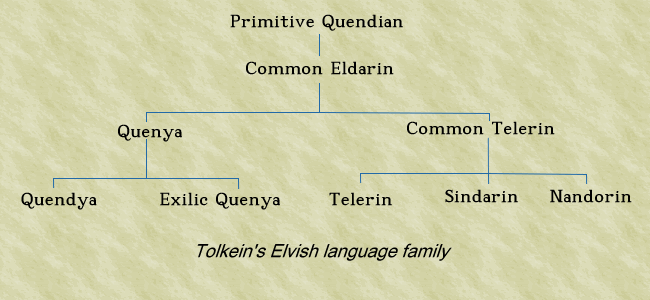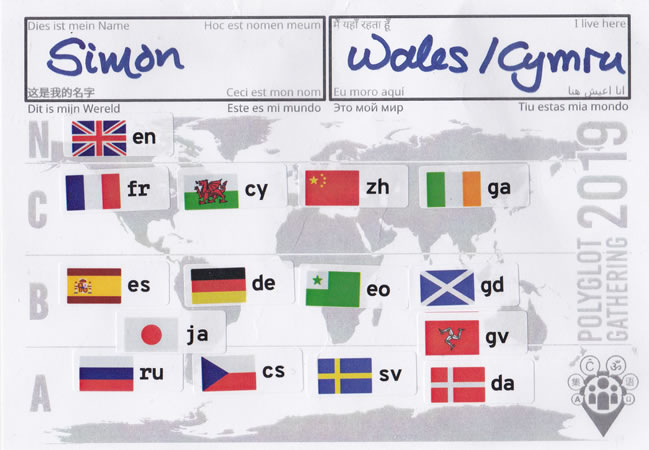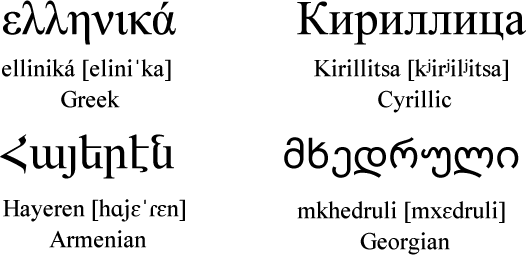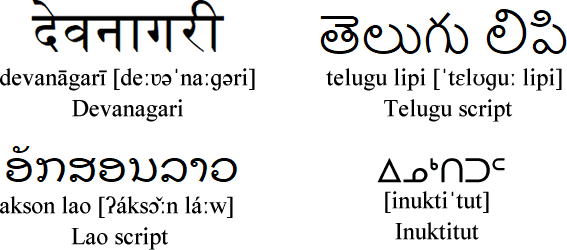Podcast: Play in new window | Download
In this episode I talk about language families – what they are, and how they develop, and I introduce some major and minor language families.
According to Wikipedia, a language family is “a group of languages related through descent from a common ancestral language or parental language, called the proto-language of that family”.
According to Ethnologue there are currently 142 different language families and 7,111 living languages. The ten largest languages families account for about 88% of the world’s population, and 74% of the world’s languages.
[table id=1 /]
Here’s an illustration a the family tree of J.R.R. Tolkien’s Elvish languages:

Source: https://en.wikipedia.org/wiki/Elvish_languages_(Middle-earth)
More information about language families
https://www.omniglot.com/writing/langfam.htm
https://en.wikipedia.org/wiki/Language_family
https://www.ethnologue.com/statistics/family
https://www.mustgo.com/worldlanguages/language-families/
The tune featured in this episode
Dancing Donkeys / Asynnod sy’n Dawnsio

If you would like to support this podcast, you can make a donation, or contribute to Omniglot in other ways.







